Olvera is one of Andalusia’s most attractive white villages, perched on a hill and overlooking the olive-tree-covered valleys below. Olvera is a calm village with few other tourists. It’s a beautiful spot for a relaxing afternoon spent seeing the castle and eating tapas while sipping a drink of local beer or wine.
This town of Muslim origin stands out with its whitewashed houses decorated with flowers and steep alleys that lead to an impressive monumental complex, from which you can get fantastic views of Olvera and the entire ocean of olive trees that surrounds it. It is a Historic Artistic Site in 1983.
Olive trees proliferate in the Olvera landscape, which produces some of the region’s most prized olives. For its excellence in olive production, this charming tiny community has been awarded the Denominación de Origen de la Sierra de Cádiz.
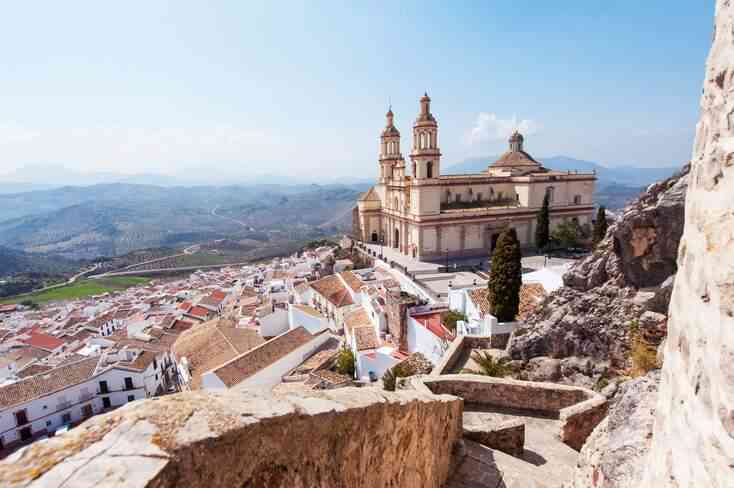
What to do in Olvera
Walk along Calle Calzada
Calle Calzada is the most photographed street in the white village, and it’s lovely to walk down even on a cloudy day. The roadway runs from the lower half of the hamlet to the top of the hill, where you’ll find all of Olvera’s major attractions.
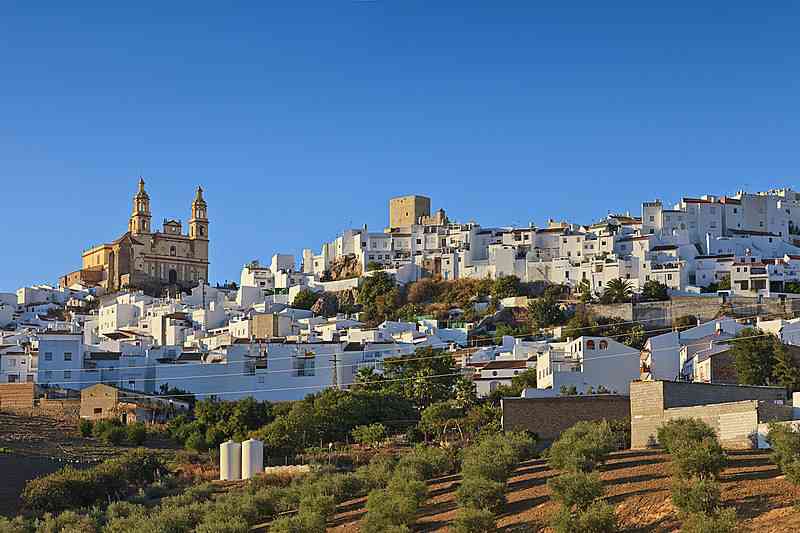

Olvera Castle
The Muslims constructed the Olvera Castle in the 12th century as part of the Nasrid Emirate of Granada’s frontier defense system. The Kingdom of Castile conquered Olverain the 13th century. Besides, the christians reconstructed the castle into the structure we see today. The castle, on the other hand, retains many of its original Moorish elements, making it a fascinating site to explore.
Olvera’s castle was built on a cliff to accommodate its irregular design. It has a barbican, towers, and a subterranean enclosure with two cisterns, as well as walls with a walkaway on top.
The entrance charge to the castle is merely 2 euros, which includes admission to the Cilla Museum.
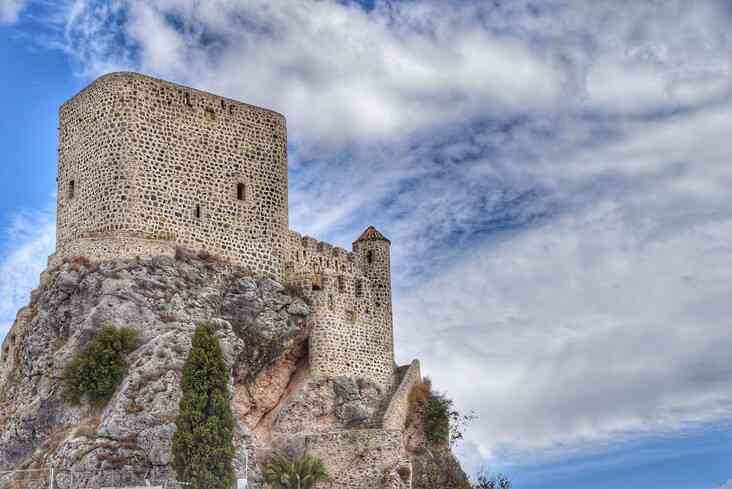
Nuestra Señora de la Encarnación Church
There are a few locations on the very steep walk up the castle’s stone steps where you may turn around and see the full Parroquia Nuestra Señora de la Encarnación. Visiting the church is one of the best things to do in Olvera, and since it’s a small community with few tourist attractions, it’s a good place to start. After the demolition of an older church with the same name, the building was finished in 1843. Although it is not a medieval church, it is situated nicely overlooking the hamlet and is visible as you approach Olvera by car.
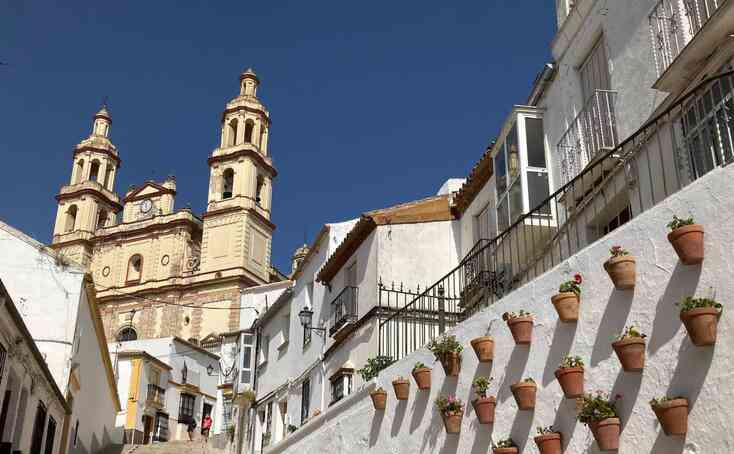
Cilla Museum
The entrance price to the castle includes admission to the Museo de la Cilla, which is located just adjacent to the tourism office. After touring the castle, you can visit the museum, where you can enjoy looking at images depicting Olvera’s evolution over time. There’s also a lot of material on the city’s medieval history to read, but it’s all in Spanish, so you’re out of luck if you only understand English. Nonetheless, it is one of the few things to do in Olvera and is well worth a visit.
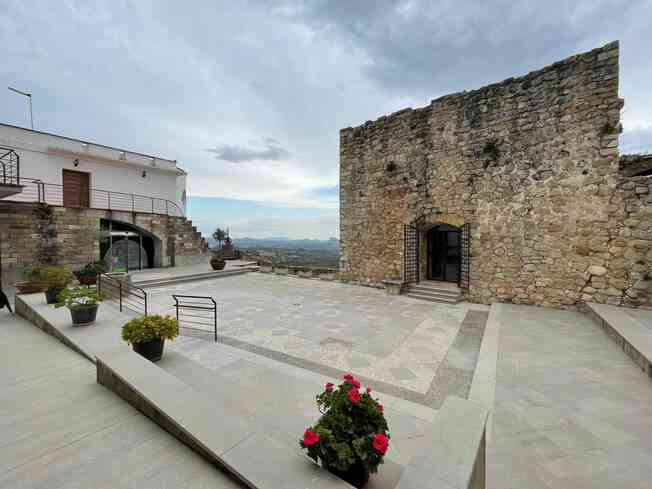
Carastas Castle or Ayamonte Castle
The remnants of the castle of Ayamonte or Carastas are located on the outskirts of the town, which is dependent on the Arab castle of Olvera. It was taken at the same time as this one and is much more humble than the urban fortress. The access ramp and gate, which were once defended by the keep, are still visible today. Parts of an internal structure are also included. The Olvera population may be seen clearly from the crag that dominates. It is not, however, accessible beyond the entryway.
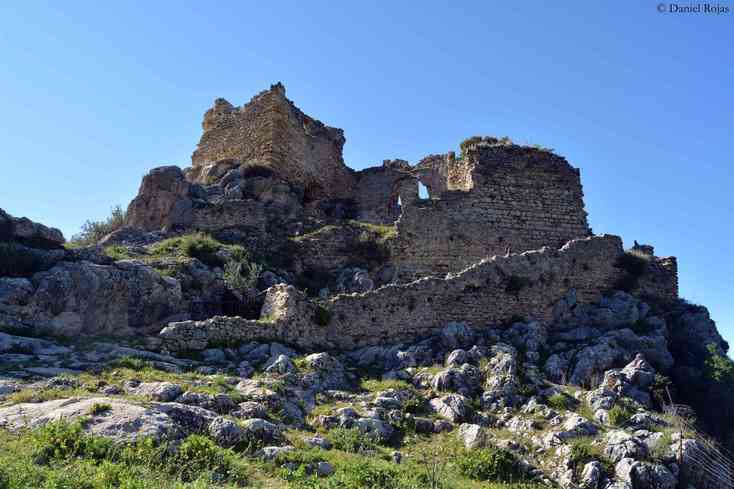
Los Remedios Sanctuary
The Los Remedios Sanctuary, as indicated, is Olvera’s second most prominent religious site. It is around two kilometers from the town center and is built in the Baroque and 18th centuries. A carving of the virgin that the town worships can be found here. The reason for this is that the municipality was experiencing a severe drought in the start of the sixteenth century. Besides, the Town Hall requested to deliver the photograph to the city center. Whether by coincidence or not, the rains have returned.

Plaza de Andalucía with Peñón del Sagrado Corazón
The Plaza de Andalucía and the Peón del Sagrado Corazón are two additional important sights to see in Olvera. The Alameda is the name of the promenade that makes up this area. It is historically significant because it was here that Alfonso XI camped during the Christian conquest of the city. It boasts a diverse and beautiful vegetation. There are several terraced areas to choose from. As a result, it is one of the city’s most important gardens. It’s worth noting that Cádiz has a lot of parks, albeit most of them are in the newer, flatter parts of town.
Besides, The Peñon del Sagrado Corazón stands at the summit. José Navas Parejo, a Granada-based artist, created the religious statue. It was first displayed in 1929. The rest of the ensemble, on the other hand, was commissioned four years prior. From such a vantage point, you may take in spectacular views of the city and its environs. Moreover, you can see the sunsets that are unrivaled by the rest of Cádiz’s sunsets.
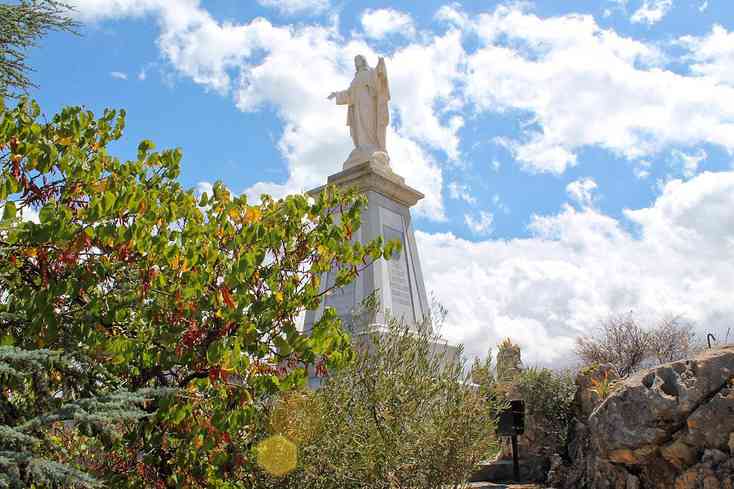
La villa neighborhood
When you leave the castle, take a short walk through the La Villa neighborhood, which is located at the foot of the Plaza de la Iglesia and is one of Olvera’s most attractive sights.
Furthermore, when you walk through the network of alleys in this old Muslim medina, you will be transported to another time when you see the typical Andalusian white houses and the flowers that adorn their facades, windows, and balconies, which will lead you to the Torre del Pan, an old Arab tower that once served as a flour mill.
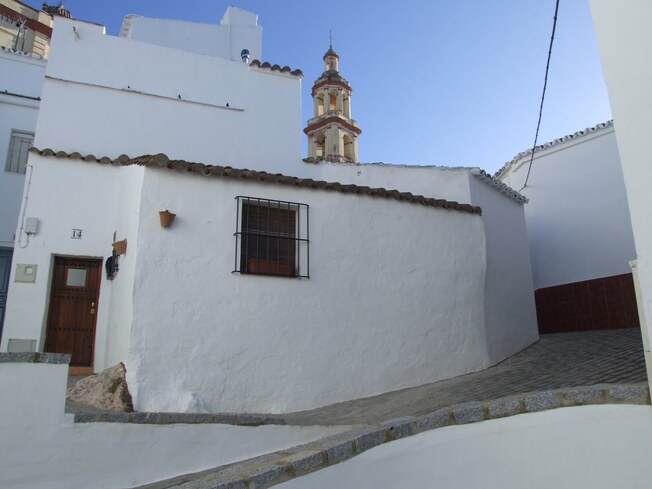
Main festivities in Olvera
The Fiesta de San José, which features a local procession with the saint’s image, has been held in Olvera for over two centuries.
On the second Monday after Easter, pilgrims assemble in the Santuario de los Remedios. They pay homage to the Virgin under the shade of shady olive trees.
Since King Felipe V’s inception in 1710, the Fiesta of San Agustin has been held every August. It is a multi-day celebration with music, dancing, and bullfighting.
How to get there
Olvera, Spain is easily accessible from international airports in Seville, Cádiz, Malaga, Gibraltar, Córdoba, and Granada. We highly recommend hiring a car for at least a few days. Therefore, you can cover more town and create your own schedule. Since, there are so many wonderful cities and villages in the vicinity.
The sole reasonable alternative for public transit between Olvera and Malaga is the ALSA bus, which takes little under 2 hours.
By car, the following main centers are close by:
100 kilometers / 1.5 hours from Seville to Olvera
Take a look at our activities in Seville.
120 kilometers / 1.5 hours from Malaga to Olvera
125 kilometers / 1.5 hours from Cádiz to Olvera
For more info and insights, get in touch with us here or write to us at info@alsherry.com and we’d be delighted to arrange / make plans with you or for you!
